Safety & Rider Etiquette
Below, you will find some general road riding etiquette rules that must be followed to create a safe environment for everyone involved.
WHAT TO BRING
A bicycle in good condition (we recommend a pre-ride inspection at your preferred bike shop)
Helmet, shoes, gloves, sunglasses, and other cycling accessories to make your ride more comfortable.
Tire change kit, including tubes and pump or CO2 cartridges.
Two water bottles or a hydration pack
Towel for post-ride
Lip balm
Sunscreen
FOLLOW THE RULES
All registrants are required to wear a HELMET AT ALL TIMES when on their bike.
Follow all traffic laws an automobile driver would observe, which includes but is not limited to stopping at red lights and stop signs and yielding to pedestrians. In some cases, a police officer patrolling an intersection will give riders the right of way–in this case, it is okay to proceed with caution.
The roads are not closed for the EAB 100. You are expected to share the roads and follow all traffic laws.
DO NOT ride in a pack spread across the road to block other riders or motor traffic. When on roads with high speed traffic and/or very little to no shoulder, be sure to ride single file.
Use caution at all intersections.
Earbuds, headphones, cell phones, radios and other similar devices are NOT permitted while riding.
Remember the laws of physics: bikes lose; motor vehicles win.
Do not litter.
RIDE SINGLE FILE OR TWO ABREAST
The EAB 100 is by definition a ‘rules of the road’ ride, meaning the roads are open to traffic. Please do not endanger yourself and others by riding more than two abreast or in some cases single file, and inconveniencing the local citizens who allow us to come through their community. No state permits riding more than two abreast on public roads.
STAY TO THE RIGHT
Ride as far to the right as practical unless making a left-hand turn or avoiding hazards in the road. If you must stop, do your best to move off the road when you stop.
If you are riding as a team, once the mass of riders has started to thin out after the first few miles, please have your team ride orderly in single file or two abreast and allow others to pass when needed. If your group needs to stop on the side of the road for an unplanned break–flat tire, broken bike, etc., please move your whole group safely out of the traffic lane.
SIGNAL
Signal with your hands and/or voice so that everyone knows your intentions.
Signal SAG Vehicles by holding your arm out with your fist closed if you need help.
CALL OUT ANY CHANGE
Call out “Slowing,” “On your left,” “On your right,” “Car up,” “Car back,” etc. Also, call out approaching hazards for those behind you such as “Pothole,” “Tree limb,” etc.
DO NOT OVERLAP WHEELS
Be cognizant of those around you and pay attention to the position of your front wheel vs. back wheel.
FOLLOW COURSE SIGNAGE
The signage we place on all courses is there for your safety; follow the directions of these signs. For example, a “CAUTION” signs means slow down and focus on your surroundings.
LEAVE NO ONE BEHIND
If you are riding in a group and are separated at an intersection, as a matter of courtesy, you should soft pedal until the rest have rejoined. Talk with your teammates in advance of the ride. Plan what you are going to do: when someone gets a flat or needs to stop, if someone crashes, is too tired. Having a team plan in place will help you make decisions quickly and keep your team moving on the road.
BE COURTEOUS
Be kind to your fellow riders, course support and volunteers, public drivers, and neighborhoods along the route.
The EAB 100 could not exist without on-course support from volunteers. Please take the time as you ride by to thank them for dedicating their time to the event.
REPAIRS
Your bike must be in good working condition.
Riders are responsible for their own repairs, although there will be mechanical support available. SAG personnel are not allowed to perform mechanical repairs on any bicycle.
DOGS
Be watchful for dogs. When we surveyed the routes, we encountered loose dogs. Those locations are included in your cue sheets and on GPS navigation.
SAG & MEDICAL
Emergency SAG wagons will be present on all courses. Just look for the SAG on passing vehicles.
No personal SAG wagons permitted.
Mechanic support will be available on site, but every rider is responsible for his/her equipment and repairs.
Rest stops will be spaced out every 12-20miles.
The ride will begin to close at 2:45 p.m. and every effort will be made to not leave any rider behind.
EMERGENCIES & ASSISTANCE
Contact 911 for medical or other emergencies.
Contact 210-419-9410 for EAB 100 Help
Signal SAG Vehicles by holding your arm out with your fist closed if you need help.
